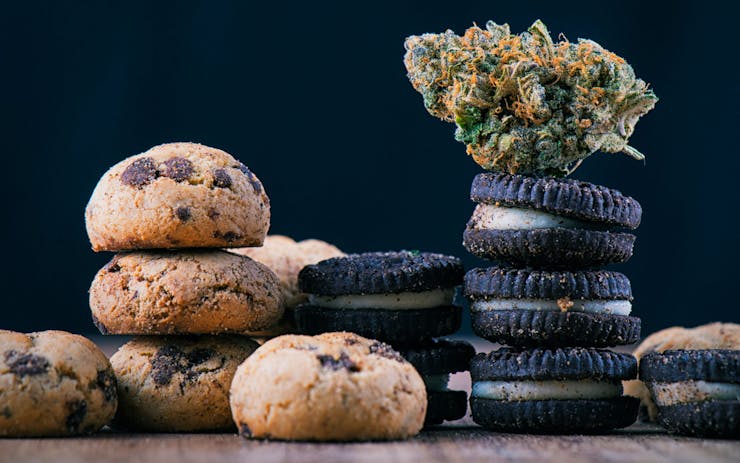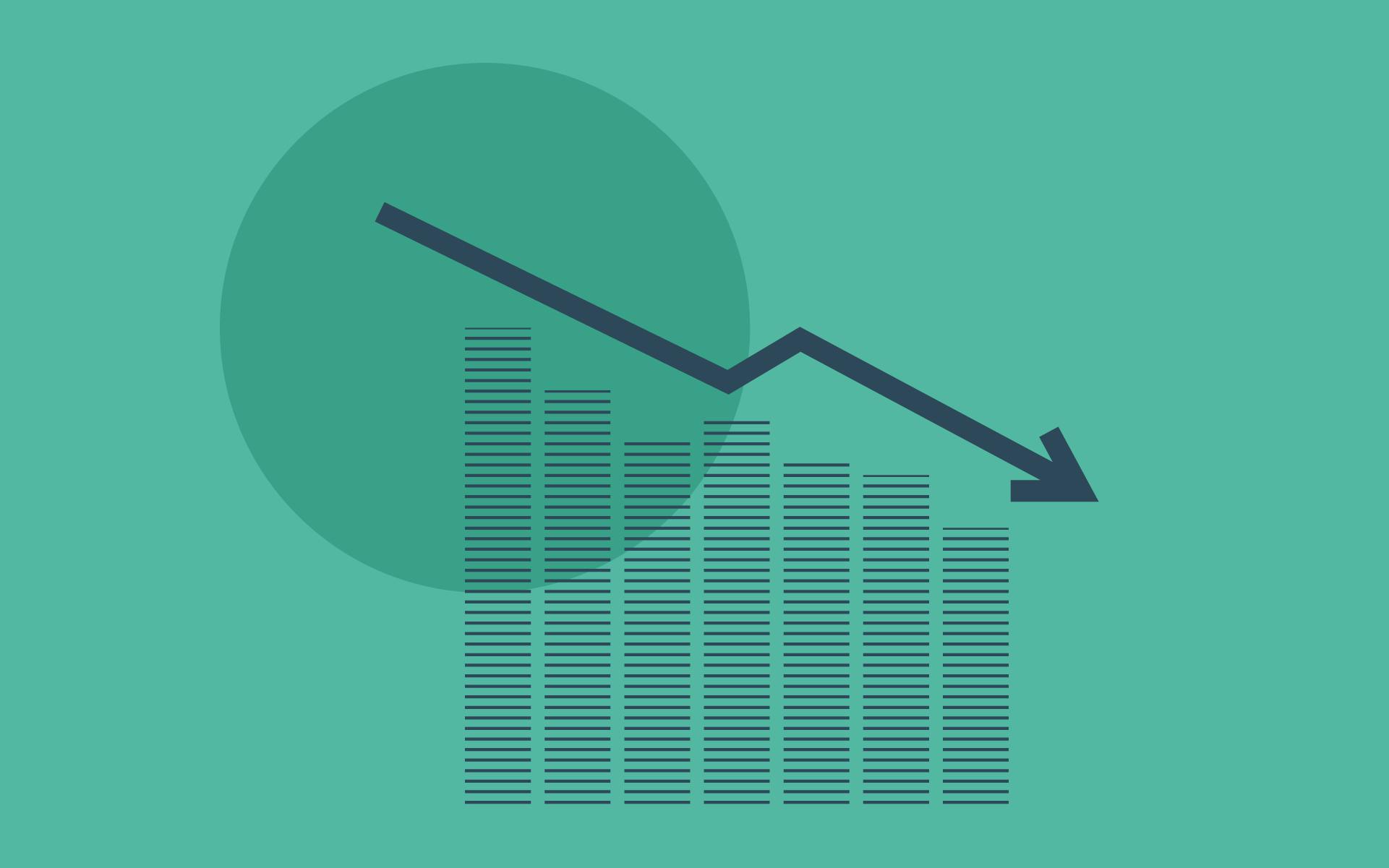DENVER (AP) — Some teenagers in Colorado, where cannabis is legal for adults, are shifting away from smoking in favor of edible cannabis products, a medical study released Monday shows.
About 78% of the Colorado high school students who reported consuming marijuana in 2017 said they usually smoked it, down from 87% two years earlier. The number of teens who usually consumed edibles climbed to about 10% from 2% in the same period, while the number of users dabbing increased to about 7.5% from 4%.
“We haven't seen an increase in use among youth but we are seeing a difference in how young people are consuming.”
Research about the way young people consume marijuana products is still limited, and the study’s lead author said Colorado’s survey data could provide valuable insight for public health researchers and regulators.
“Since the implementation of retail marijuana sales, we haven’t seen an increase in use among youth but we are seeing a difference in how young people are consuming,” said Kayla Tormohlen, a PhD candidate at the Johns Hopkins Bloomberg School of Public Health. “Understanding that can help to inform public health efforts.”
The study published Monday in JAMA Pediatrics is based on high schoolers’ responses to Colorado’s biennial health survey in 2015 and 2017.
At least three other states that permit adult marijuana use — Alaska, Oregon and Washington — also include questions about how teens consume marijuana on state health surveys.
In Colorado and other states, edibles are tightly regulated including limits on the amount of THC, the compound in marijuana that creates users’ high feeling. In each marked dose, dispensary employees warn that customers should wait several hours to feel the effects of one portion before eating more. Information about the health effects of dabbing — heating or vaporizing an oil or wax with a high THC level and inhaling the vapors — is limited.
“These modes are important to monitor because of their unique psychoactive associations, and potential harms, including unintentional overconsumption with edibles and an increased physiological tolerance and withdrawal associated with the high tetrahydrocannabinol levels of cannabis concentrates used for dabbing,” the researchers wrote.
State and federal surveys have found teen use of marijuana remained relatively stable since Colorado began allowing adults to buy and use marijuana in 2014. In 2017, 1 in 5 Colorado students said they had recently consumed marijuana in any form — about the national average, said Jessica Neuwirth, the Colorado Department of Public Health’s retail marijuana education and youth prevention coordinator.
She said state public health researchers are always reevaluating the survey’s questions and teens’ responses, with input from other states’ agencies doing the same work.
“We are in certain ways leading the country in trying to figure out what are the right questions to ask and how do you ask those questions,” Neuwirth said.
Sales data has consistently showed adults consumers’ are trending toward non-smoking products, said David Abernathy, vice president of data and government affairs for The ArcView Group.
The company’s latest analysis of marijuana product sales shows traditional flower for smoking still makes up the majority of legal sales but vape cartridges and edible products continue to gain in popularity. Abernathy said he’s not surprised by the study’s results showing the illegal market for marijuana following that trend.
“We’ve seen that in states with a more competitive legal market, the illicit market has shrunk substantially,” he said. “And that’s the biggest thing we can do to keep cannabis out of the hands of teenagers.”
In Colorado, customers must be 21 to enter dispensaries and make purchases. Only 3% of teens who reported using marijuana in 2017 said they bought products from a dispensary.
Nearly 40% reported buying it from someone else. Others said they received marijuana from friends younger and older than 21 or from parents or adult family members.





